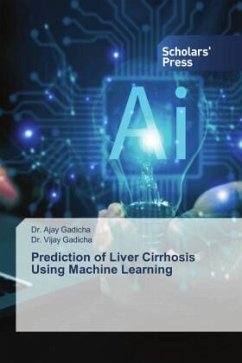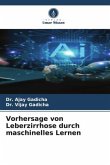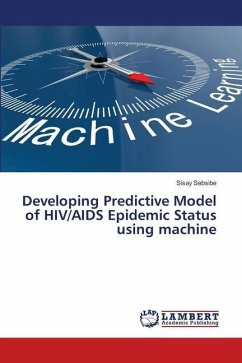The death rate in India is high due to Liver Cirrhosis as a result of a bad lifestyle, storage of food, uncontrolled blood sugar, obesity, smoking, consumption of alcohol, and inhaling of harmful gases. Earlier detection can reduce death rates and it also helps the doctors to give the proper treatment to the patients. The liver Cirrhosis datasets are analyzed by using Machine learning algorithms for accurate disease diagnosis. This paper proposed the four machine learning models such as SVM, Random Forest, Decision Tree, and Naive Bayes for analysis and prediction of liver cirrhosis. This work gathers 200 pictures of two separate classes, i.e., healthy liver, and unhealthy liver, using an image source. This image source is MedPix1, a free open-access archive of digital photographs that medical schools, medical practitioners, and academics can use. The methodology actually has a good result for the various classifiers but still can be improved. It is found that the Support vector machine and random forest classifiers give a 100% classification accuracy score followed by decision trees which are 84.61. The results achieved are relatively good when compared.








